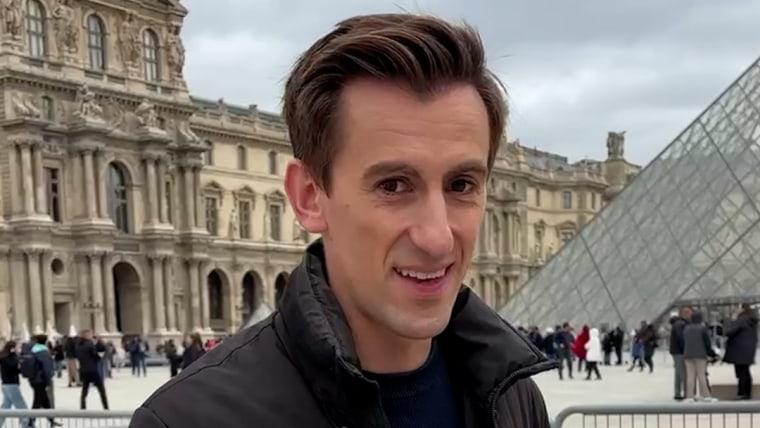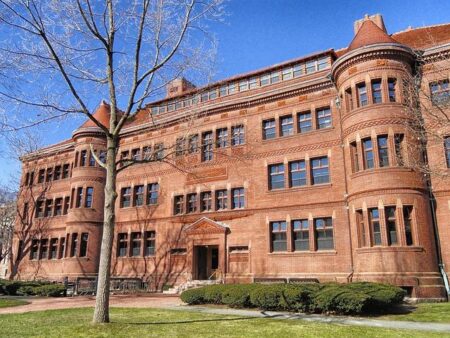French authorities have officially charged suspects involved in the notorious Louvre heist with theft and conspiracy, marking a significant development in the high-profile case. The charges follow an extensive investigation into the audacious theft that targeted one of the world’s most famous museums. This move underscores the commitment of French law enforcement to bringing those responsible to justice and recovering the priceless artworks stolen in the daring crime.
France to Charge Louvre Heist Suspects with Theft and Conspiracy
French judicial authorities have announced their decision to formally charge the suspects detained in connection with the audacious theft at the Louvre Museum. The individuals, who were apprehended shortly after the daring daylight heist, face serious allegations including theft and conspiracy. The charges reflect a culmination of an intensive investigation into what has been described as one of the most high-profile art crimes in recent European history.
Preliminary inquiries suggest the operation was meticulously planned, involving multiple accomplices with specific roles ranging from surveillance to transportation of the stolen items. Authorities have emphasized the collaborative dimension of the case, citing the following key factors behind the charges:
- Collaborative planning: Coordinated efforts to bypass museum security.
- Possession of stolen art: Evidence linking suspects directly to the artifacts.
- Intent to distribute: Suspected network for illicit art trafficking.
| Suspect Role | Alleged Activity | Status |
|---|---|---|
| Lookout | Monitored security personnel | In custody |
| Transporter | Moved stolen artifacts | Under investigation |
| Planner | Coordinated heist logistics | Arrested |
Investigation Uncovers Key Evidence Leading to Formal Charges
French authorities have made significant progress in the case surrounding the daring theft at the Louvre Museum. Following an intense investigation, investigators uncovered crucial evidence that directly links several suspects to the crime. This breakthrough was achieved through meticulous examination of surveillance footage, forensic analysis, and testimonies from key witnesses, which collectively pieced together the timeline of the heist and the suspects’ coordinated actions.
The evidence includes:
- Fingerprint matches found on display cases and tools used during the theft
- Digital communications indicating detailed planning and coordination among the suspects
- Recovered stolen artifacts traced back to the suspects’ residences during raids
| Evidence Type | Description | Impact on Case |
|---|---|---|
| Forensic Analysis | Fingerprint and DNA matches | Direct link to suspects at crime scene |
| Surveillance Footage | High-resolution video footage | Visual proof of suspects’ presence |
| Digital Evidence | Encrypted messages and call logs | Shows premeditation and conspiracy |
Authorities Urge Enhanced Security Measures at Iconic Museums
In the wake of the audacious Louvre heist, French officials have called for immediate enhancements to security protocols across the nation’s premier cultural institutions. Authorities emphasize that protecting priceless artworks requires a combination of advanced technology and rigorous personnel training. Current initiatives include upgrading surveillance systems, increasing on-site security personnel, and implementing stricter access controls to sensitive exhibit areas. These measures aim to deter future theft attempts and ensure the integrity of France’s artistic heritage.
Key recommendations from law enforcement and museum experts focus on both prevention and rapid response:
- Integration of AI-powered monitoring: Real-time anomaly detection to flag suspicious activities promptly.
- Enhanced visitor screening: Use of biometric verification at entry points to prevent unauthorized access.
- Regular security audits: Systematic assessments to identify and address vulnerabilities proactively.
- Collaborative incident response plans: Establishing clear communication channels between museums, police, and emergency services.
| Security Aspect | Proposed Improvement | Expected Impact |
|---|---|---|
| Surveillance | AI-powered cameras | Faster detection of threats |
| Access Control | Biometric systems | Enhanced visitor verification |
| Staff Training | Regular security drills | Improved response times |
| Incident Coordination | Integrated communication | Streamlined emergency handling |
Experts Recommend Stricter Protocols to Prevent Future Art Thefts
In the wake of the recent Louvre heist, experts are urging a comprehensive overhaul of security protocols at major art institutions worldwide. They emphasize the need for integrating advanced surveillance technologies, including AI-driven monitoring systems, to detect suspicious behavior in real-time. Additionally, specialists advocate for improved staff training focused on identifying potential insider threats and enhancing cross-border collaboration between law enforcement agencies to tackle the growing sophistication of art theft rings.
Key recommendations include:
- Installation of biometric access controls in restricted areas
- Regular audits and updates of existing security infrastructure
- Creation of an international database for stolen artwork to aid recovery efforts
- Mandatory emergency drills simulating theft scenarios for museum personnel
| Security Measure | Description | Expected Impact |
|---|---|---|
| AI Surveillance | Real-time threat detection using facial recognition and behavior analysis | Significantly reduces response time |
| Biometric Access | Restricts entry using fingerprint and retina scans | Prevents unauthorized access |
| International Theft Database | Centralized record of stolen art accessible by global enforcement | Improves recovery and prosecution rates |
Closing Remarks
As the investigation into the audacious Louvre heist continues, French authorities have formally charged the suspects with theft and conspiracy, underscoring the seriousness of the crime. The developments mark a significant step in the effort to bring those responsible to justice and recover the stolen artwork. Further updates will be closely monitored as the case unfolds.




